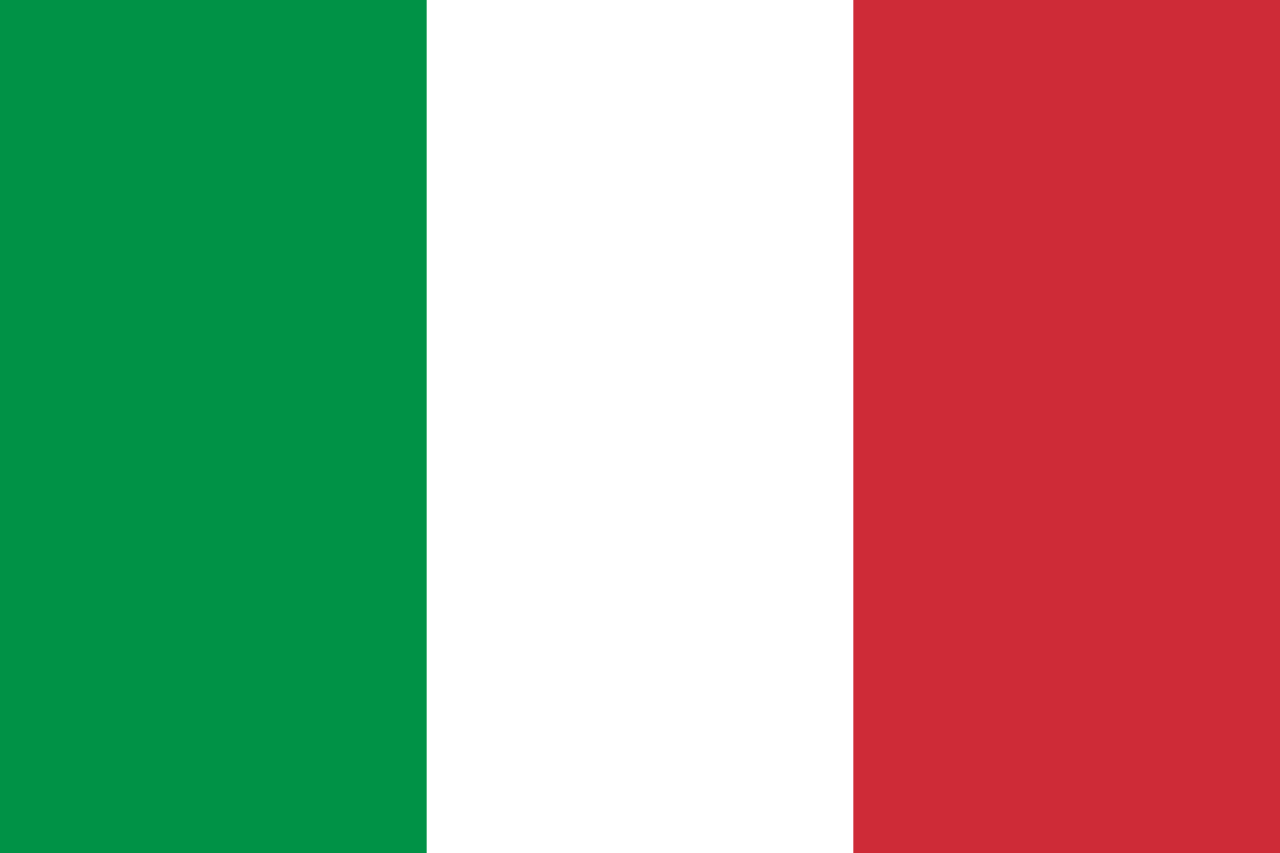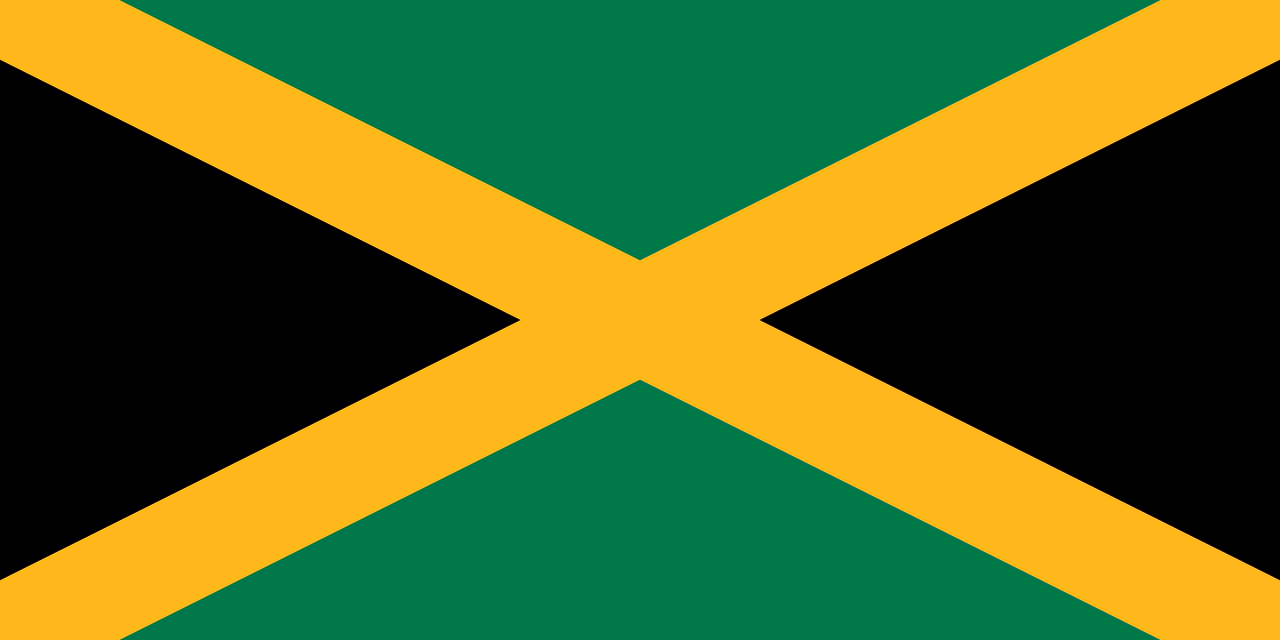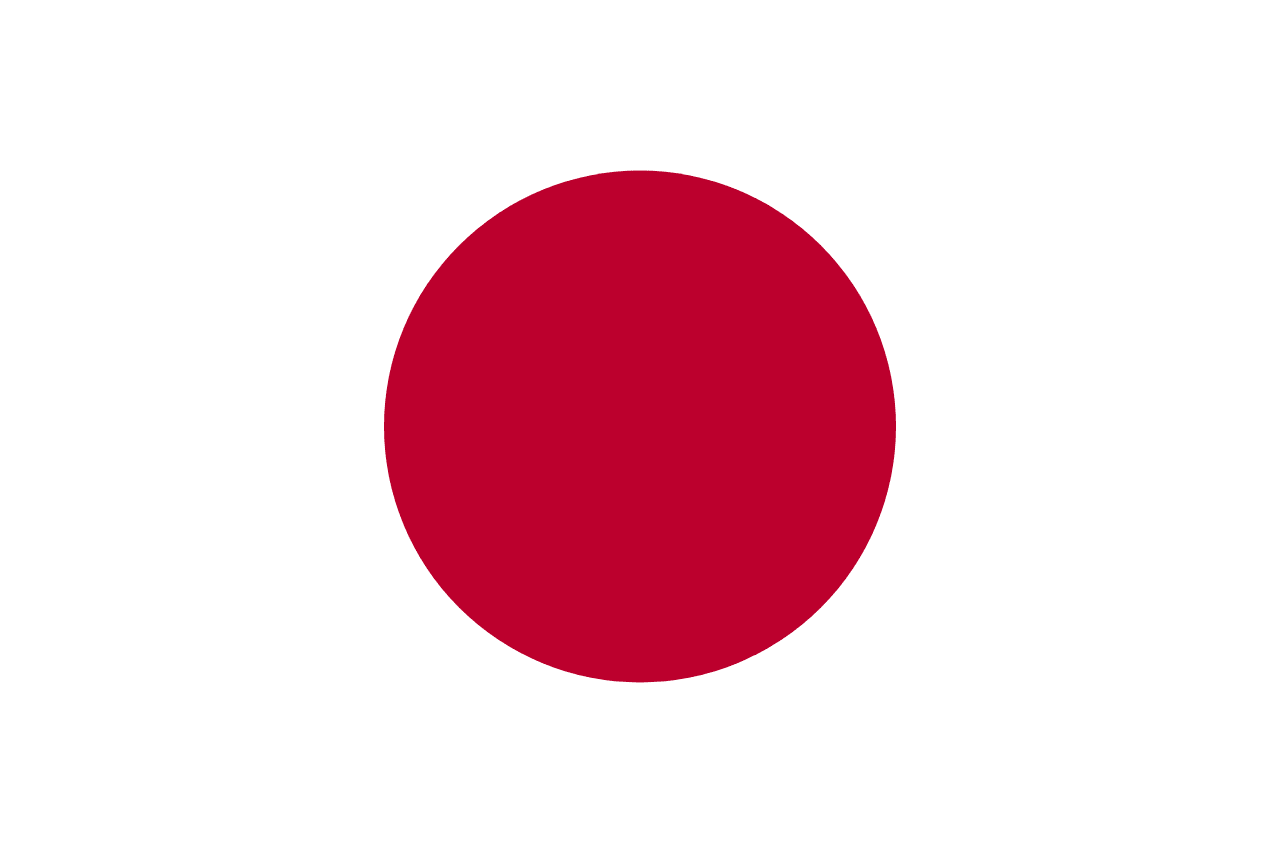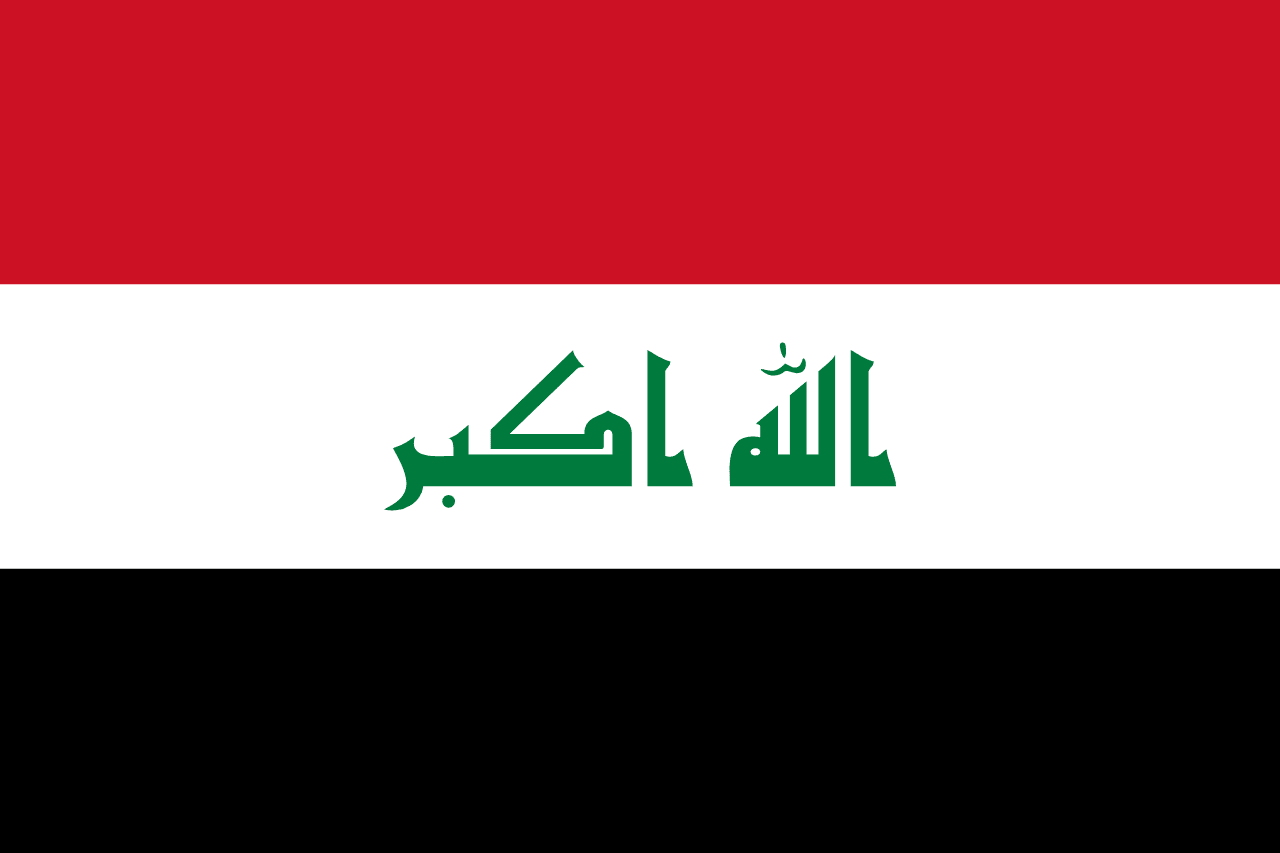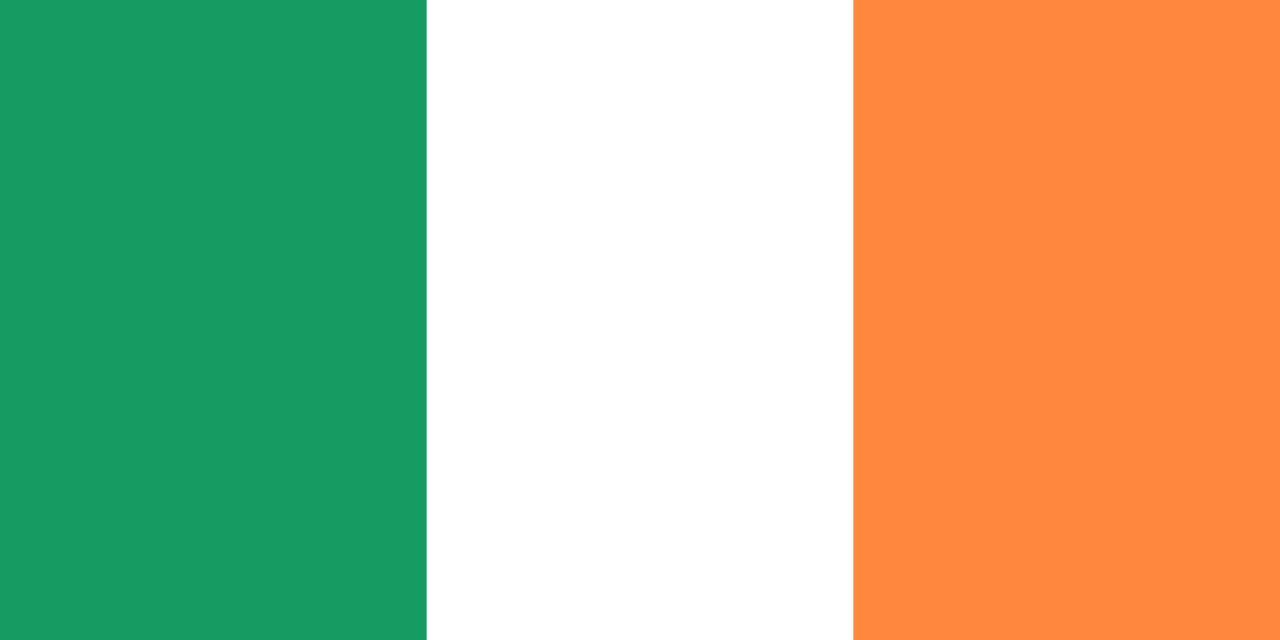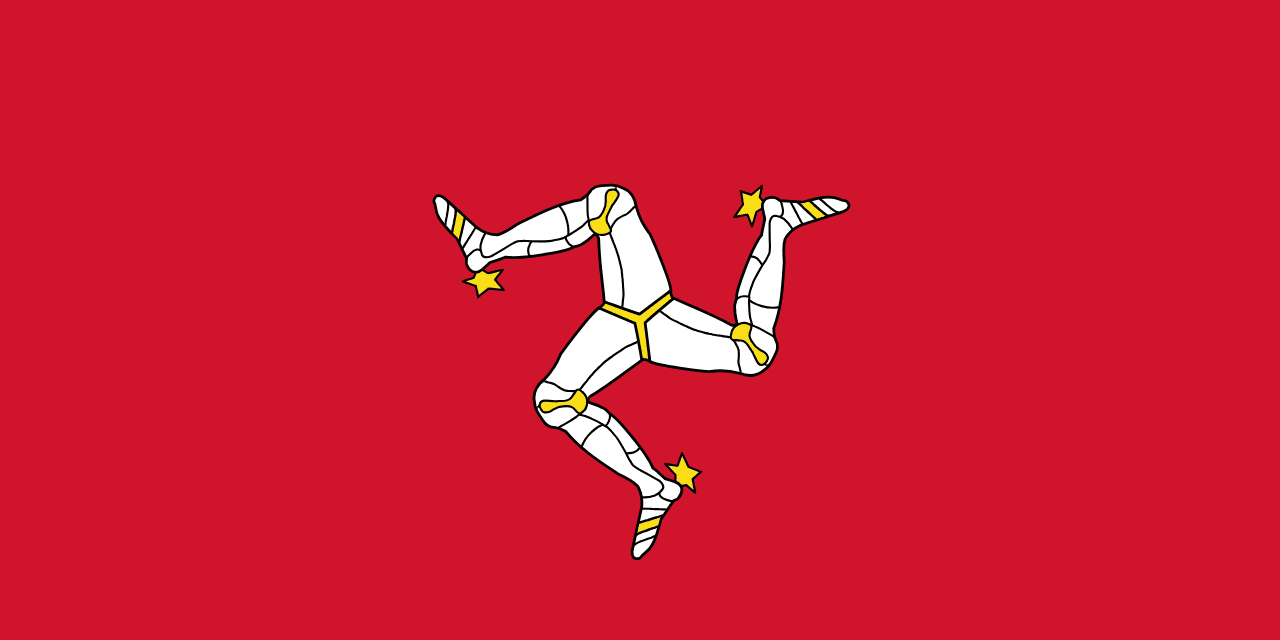The flag of Israel features a white field with two horizontal blue stripes near the top and bottom edges, and a blue Star of David (Magen David) in the center. This distinctive design encapsulates the rich history, cultural identity, and aspirations of the Jewish people and the State of Israel.
Israel information
| National Flag Day | — |
| Sovereign state | Yes |
| Official name | State of Israel |
| Capital | Jerusalem |
| Population | 9,391,415 |
| Area | 22,070 km² |
| Currency | Israeli new shekel (ILS) |
| Language | Hebrew, Arabic |
| Continent | Asia |
| Region | Middle East |
| Subregion | Western Asia |
| Borders | Egypt, Jordan, Lebanon, Syria, West Bank, Gaza Strip |
| Timezone | Israel Standard Time (IST) UTC+2 |
| Calling code | +972 |
| Top-level domain | .il |
History of the Israeli flag
 The Israeli flag was officially adopted on October 28, 1948, shortly after the establishment of the State of Israel. However, its design originated much earlier, being created for the Zionist movement in 1891 by David Wolffsohn. The flag's design was inspired by the traditional Jewish prayer shawl (tallit) and the Star of David, a symbol long associated with Jewish identity. It was first publicly displayed at the First Zionist Congress in Basel, Switzerland, in 1897, symbolizing the aspirations for a Jewish homeland.
The Israeli flag was officially adopted on October 28, 1948, shortly after the establishment of the State of Israel. However, its design originated much earlier, being created for the Zionist movement in 1891 by David Wolffsohn. The flag's design was inspired by the traditional Jewish prayer shawl (tallit) and the Star of David, a symbol long associated with Jewish identity. It was first publicly displayed at the First Zionist Congress in Basel, Switzerland, in 1897, symbolizing the aspirations for a Jewish homeland.
Symbolism and design of the Israeli flag
Each element of the Israeli flag carries deep symbolic meaning. The white background represents purity and peace, reflecting the nation's aspirations for harmony. The two blue stripes recall the stripes on the tallit, symbolizing the connection to Jewish religious tradition and the commandments of the Torah. The blue Star of David at the center is a powerful emblem of Jewish identity, representing both the Jewish faith and the historical legacy of King David. The shade of blue used in the flag, known as "Israeli blue" or "light blue", was chosen to represent the color of the sky and sea, connecting the flag to the land of Israel.
Usage and significance of the Israeli flag
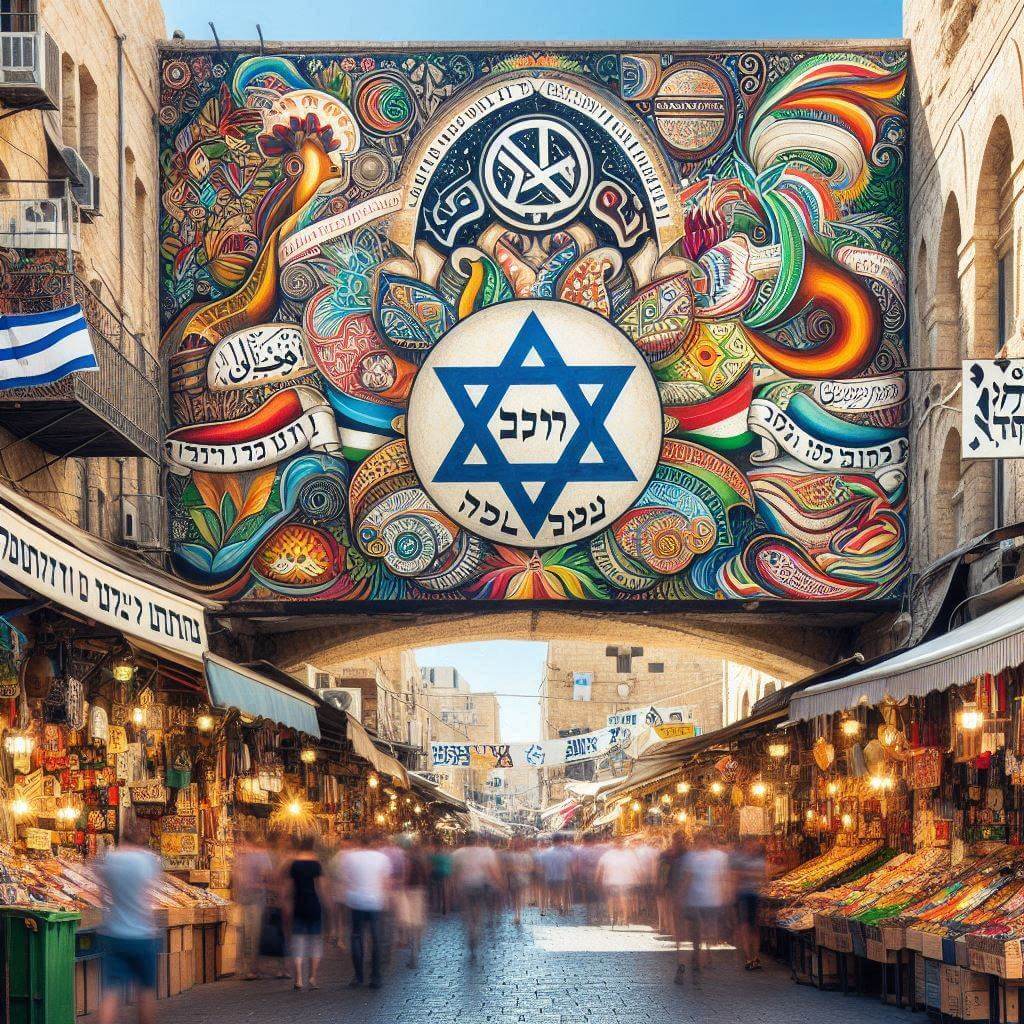 The Israeli flag serves as a potent symbol of national identity, unity, and sovereignty. It is prominently displayed during official ceremonies, national holidays such as Yom Ha'atzmaut (Independence Day), and at government buildings. The flag plays a crucial role in representing Israel in international forums, diplomatic events, and sporting competitions. Beyond its official use, the flag is widely embraced by Jewish communities worldwide as a symbol of solidarity with Israel and expression of Jewish identity.
The Israeli flag serves as a potent symbol of national identity, unity, and sovereignty. It is prominently displayed during official ceremonies, national holidays such as Yom Ha'atzmaut (Independence Day), and at government buildings. The flag plays a crucial role in representing Israel in international forums, diplomatic events, and sporting competitions. Beyond its official use, the flag is widely embraced by Jewish communities worldwide as a symbol of solidarity with Israel and expression of Jewish identity.
Interesting Facts About the Israeli Flag
- The exact shade of blue used in the Israeli flag has been a subject of debate, with different variations used over time. In 2008, the official shade was standardized as "Standard Blue" or "Flag Blue."
- The Star of David became widely associated with Judaism in the 19th century, although its use as a Jewish symbol dates back to medieval times.
- During Israel's War of Independence in 1948, a makeshift Israeli flag was raised at the United Nations building, symbolizing the new state's quest for international recognition.
- The Israeli flag is sometimes referred to as the "White and Blue", reflecting the colors used in its design.
- In space exploration, the Israeli flag was carried aboard the Space Shuttle Columbia in 2003 by Ilan Ramon, Israel's first astronaut, symbolizing the nation's achievements in science and technology.
